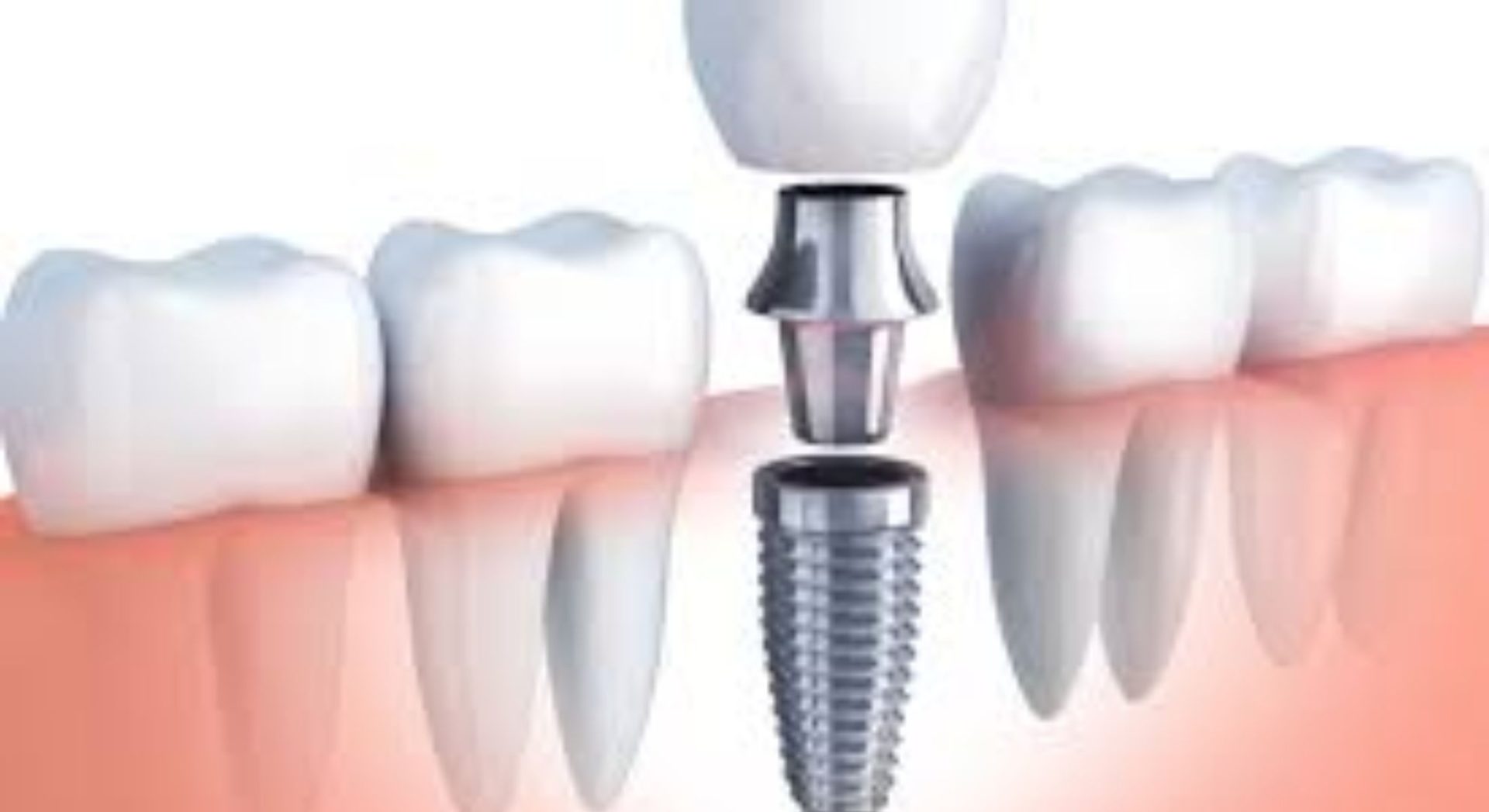Broken teeth lead to many problems, including low self-confidence, insecurity, avoidance of smiling, and failure to interact with others. And falling teeth can cause difficulty in chewing, proper eating, and proper digestion of the foods you eat. If one or more of your teeth are missing, chances are high that your dentist or oral surgeon will suggest some type of dental implant. To get you acquainted with the subject before your dental inquiry, below is some information regarding dental implants.
Understanding a Dental Implant
You need to know a little bit about the many types of implants before you can choose the best one. A dental implant replaces broken or fallen teeth, which works as an artificial tooth that helps give you a full complement of teeth and support your gums and Jawbone. Dental implants are most likely required if you are lacking teeth that are necessary for chewing or speaking properly. Modern advances allow replacing one tooth or multiple teeth for the restoration process. And the best news about these devices is that after proper care they will last a lifetime.
Different Dental Implant Types
Dental implants come in two main varieties that can be used to replace one or more teeth:
Titanium dental implant
Titanium dental implants are the most common type of dental implants currently used. They have a long history of success. At the moment, they are also the most adaptable tooth restoration option. Their metal structures and components allow the restoration of many challenging cases.
Zirconia Dental Implants
Zirconia dental implants are a new technology, but recently it has been FDA approved for use in the US. Zirconia is a ceramometal, and therefore it also has some unfortunate features of ceramics such as brittleness. This feature limits the conditions for which these implants can be used. In general, single tooth restoration can be treated directly with zirconia implants. Zirconia proponents claim that because they are more inert structures, they are less prone to cause inflammation or allergies. Zirconia implants also benefit from whitening like teeth.
How to Pick Your Own Best Dental Implant Procedure
1. For A Tooth
Replacement of a tooth requires a post and a crown. First, your oral surgeon installs the post in your jawbone. The whole procedure is painless, but holding the Crown can take up to four months. Then, your dentist will attach the crown to restore the structure of your tooth.
2. Implant-Supported Bridge For Multiple Teeth
For many times broken teeth, an implant-supported bridge is the best option. Here, a bridge of Crowns will join the chain of Dental Implants. But if you have more significant gaps between stable teeth in your mouth, you may need the next option.
3. Implant-Retained denture for all teeth
If you want stable, permanent dentures, this is the best choice for you. Modern oral surgery has made it possible to fit customized dentures into the unique shape of your jaw and gums, and these dentures can be attached to the jaw with many different types of dental implant options. The tailored design will suit your exact aesthetics. For those who wear removable dentures, this is a long-term fix.
Conclusion
Dental implants are a flexible and efficient way to replace lost teeth. With various types available, there is sure to be an option that suits your needs. Consult with a dental professional to determine the best type of implant for you and get started on your journey to a healthy and beautiful smile.
